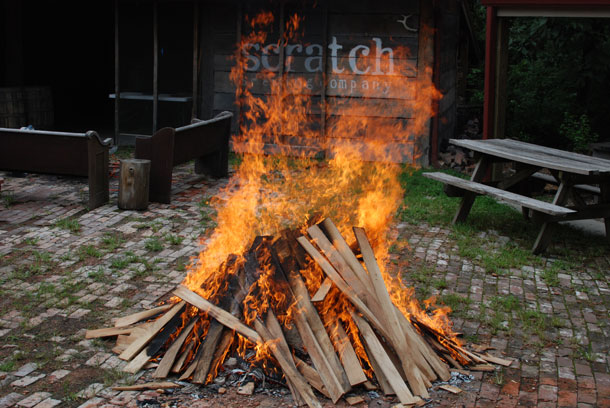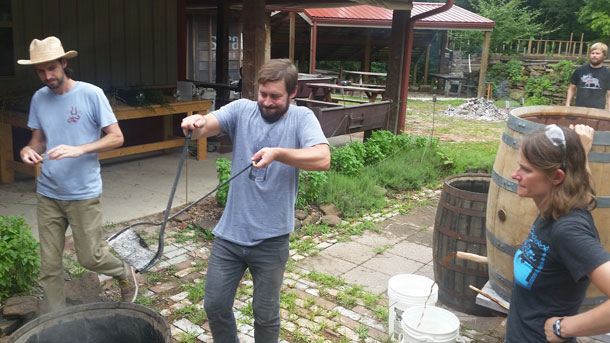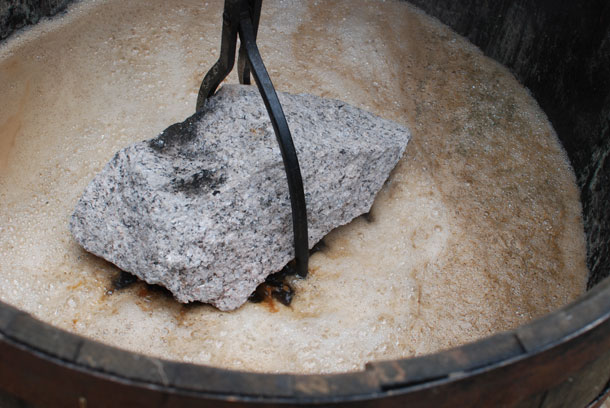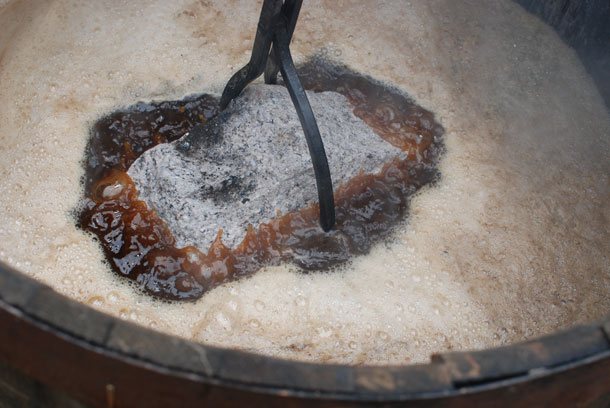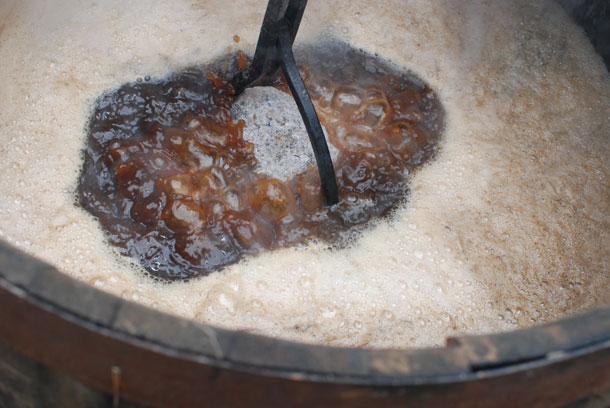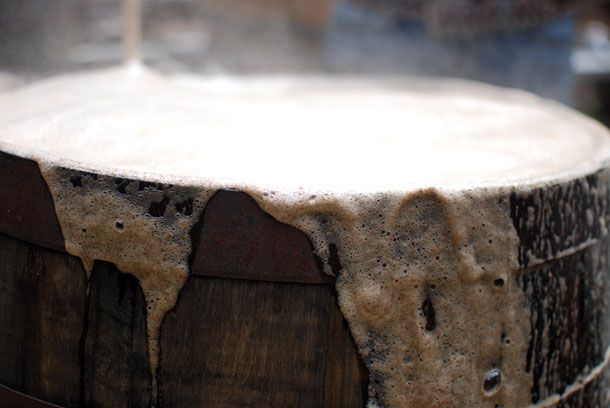MONDAY BEER LINKS, MUSING, 08.08.2016
@hopcandy @StanHieronymus Pilsner! The new IPA. Awesome. #allbeerisone
— Lew Bryson (@lewbryson) August 5, 2016
We Changed The World … For This?
[Via All About Beer]
An American Story.
IPAs as National Tradition.
[Both via Beervana]
I pointed to all of these Friday during The Session, when the topic was pilsners. But this is also about place. Hops might be an American story, but let’s not forget the Albuquerque story or the Bucyrus story.
What makes a dive bar?
[Via DRAFT]
The Real Drinker’s Guide to St. Louis’ Best Dive Bars.
[Via Riverfront Times]
Maybe the Riverfront Times doesn’t answer Joe Stange’s question, but it does provide 63 examples. I particularly recommend the photo from the San Bar Tavern on page 4 of this epic.
Stop the presses: the definition of craft beer.
Before you think “here we go again” scroll down to the comments to find an up-to-date definition: “craft beer n. orig. N. Amer. a beer made in a traditional or non-mechanized way by an individual or a small brewery.” So simple it is elegant. [Via Pete Brown]
The secrets to Cloudwater’s success.
A long, long read, as in north of 9,000 words. “Settle down with a beer,” Martyn Cornell writes. It may take two. And there is this candid thought, “It’s clear why they are so popular: almost all were sharply focused, clear, clean and faultless. Faultless to a fault, almost: ‘beautiful’ is not the same as ‘characterful’. But I need to drink more Cloudwater brews over more evenings to decide if this is a valid criticism.” [Via Zythophile]

The Haze and the Hops — A Tale of Two Go To IPAs.
Fascinating story and splendid reporting from John Verive. However, if big chain markets are such a bad place to buy beer why do breweries continue to sell their beer there? [Via the Full Pint – Photo by John Verive]
The Beer Museum, Where Brewery Meets History, Opens in Austin.
For now its a pop up museum, but they have plans … [Via PorchDrinking.com]
WINE & OTHER DRINKS
Stability of olfactory ability over time.
Really interesting questions posed here that are obviously relevant to beer as well. And one more thought (from the first chapter of “For The Love of Hops”): Although olfactory skills begin to deteriorate when most people are in their forties, many perfumers get better as they age. So it is not inevitable. [Via jamie goode’s wine blog]
Scientists Get Closer to Harnessing the Health Benefits of Red Wine.
The key point here is that it will take a pill to make this work. Because the daily dose it takes to be effective against Alzheimer’s is equivalent to about 1,000 bottles of red wine. It’s the same as those stories about how compounds in hops may have health benefits. Yes, but there are obvious side effects when you have to drink 1,000 beers a day to enjoy them. [Via Wall Street Journal]
America’s First Drinks Writer: G. Selmer Fougner.
Frank Prial also wrote about Fougner in Decantations, including that Fougner calculated he replied to 300,000 mail queries in eight years. [Via The Daily Beast]
Donald Trump’s World Atlas of Wine.
Pardon the instrusion of politics, but this is Ron Washam (the HoseMaster) at his funniest. [Via Tim Atkin MW]
FROM TWITTER
So you think you want to be a hop farmer …
Would somebody fight against mother nature?! At least 20 hectares down and need to be lift again asap! #damage #hops pic.twitter.com/4YvJ0OaWZI
— Styrian hops (@Slohops) August 6, 2016
And if you somehow missed this …
Thought you guys might like this note my friend wrote to himself before going out last night ?? pic.twitter.com/NCbqG8W9Pj
— Mama-friend (@Tarryntino) July 31, 2016

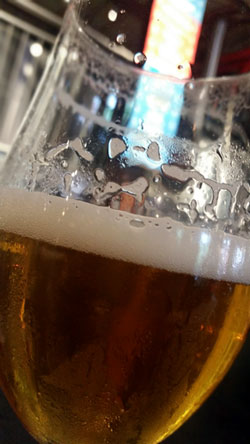 There is such a thing as an Americanized pilsner out there that has nothing to do with Miller Lite. Who You Callin’ Wussie from Arrogant Brewing* is an example. It is a well made flavorful beer, brimming with lots of aromas and flavors, some of which you won’t find in an old world pilsner. Basically, it’s kind of loud and it bangs into the furniture. That’s OK, as long as it is adding diversity, not eliminating choice. These are the sorts of things you should be thinking about when you read Lew Bryson’s column in All About Beer.
There is such a thing as an Americanized pilsner out there that has nothing to do with Miller Lite. Who You Callin’ Wussie from Arrogant Brewing* is an example. It is a well made flavorful beer, brimming with lots of aromas and flavors, some of which you won’t find in an old world pilsner. Basically, it’s kind of loud and it bangs into the furniture. That’s OK, as long as it is adding diversity, not eliminating choice. These are the sorts of things you should be thinking about when you read Lew Bryson’s column in All About Beer.